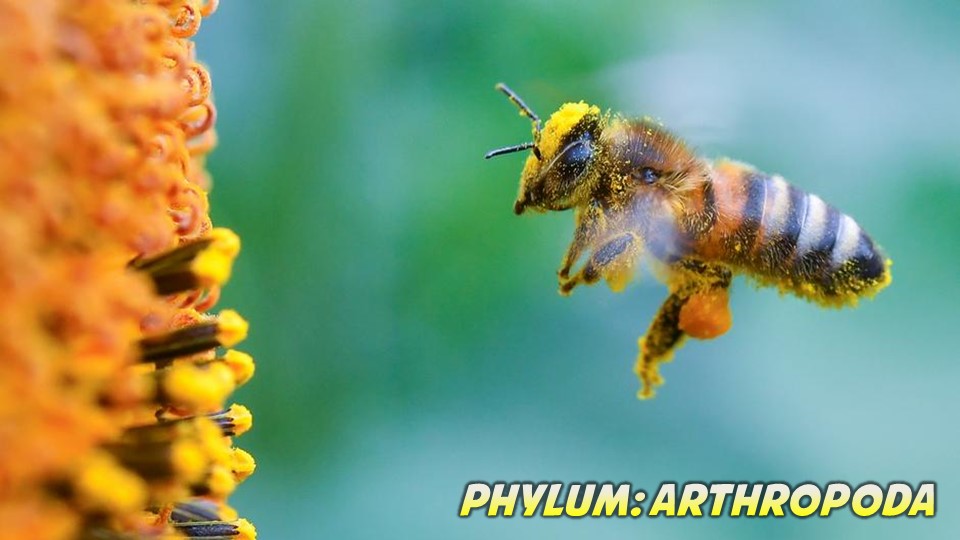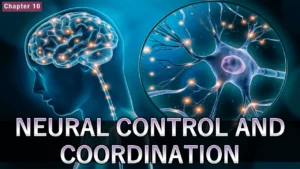Arthropoda General Characteristics, Classification and Examples
After reading this article you will learn about Arthropoda General Characteristics, Classification and Examples
Arthropoda General Characteristics
- Arthropods are the largest phylum of animals and they have jointed legs
- Body is divided into head, thorax and abdomen
- Head and thorax may be united to form cephalothroax
- Jointed appendages which were used for locomotion, feeding, defense and sensory purposes
- They body of arthropods is covered by chitinous exoskeleton
- Exoskeleton does not grow and must be shed at intervals called molting or ecdysis
- Sensory organs like eyes, antennae, statocyst and anal cerci are found
- Digestive system is complete. it has 2 openings mouth and anus.
- Respiratory system is well developed and respiration occurs through body surface, gills, trachea, book lung or book gills
- Arthropods have an open circulatory system
- Blood flows in open tissue spaces and hemocoel.
- The perivisceral body cavity is called haemocoel as it is full of haemolymph
- Excretion is brought about usually by green glands in aquatic forms and malpighian tubules in terrestrial animals.
- Nervous system comprises of a nerve ring and double ventral nerve cord
- Reproduction is sexual method
- Arthropods are unisexuals and exhibit the phenomenon of sexual dimorphism.
- Fertilization is usually internal but few aquatic form has external fertilization
- Development may be direct or indirect
- In direct development, the young resembles the adults and occur in the same habitat
- In indirect development, independent larval stages occur which often show different feeding habits, live in different habitats and do not resemble the adults.
- Parthenogenesis is also met in some insects like honey bees
Classification of Arthropoda
Class 1. Onychophora
Body is divisible into head and trunk.
Respiration: Tracheae. Excretion: nephridia. E.g. Peripatus
Class 2. Merostomata
Body is divisible into cephalothorax and abdomen.
Respiration: Book gills. Excretion: Coxal gland.
E.g. Limulus
Class 3. Arachnida
Body is divisible into cephalothorax and abdomen
Respiration: Book lungs. Excretion: Coxal glands and Malphigian tubules. E.g. scorpions, ticks, mites and spiders
Class 4. Crustacea
Body is divisible into cephalothorax and abdomen
Respiration: Gills or body surface. Excretion: Green glands
E.g. prawns, crabs, lobsters
Class 5. Chilopoda
Body is divisible into head and trunk
Respiration: Tracheae. Excretion: Malphigian tubules
E.g. centipedes
Class 6. Diplopoda
Body is divisible into head, thorax and trunk
Respiration: Tracheae. Excretion: Malphigian tubules
E.g. millipedes
Class 7. Insecta
Body is divisible into head, thorax and abdomen.
Respiration: Tracheae. Excretion: Malphigian tubules
E.g. Musca, Lepisma
For more detailed information about Animal Kingdom, visit YouTube Channel.




![[PPT] The living world Class 11 Notes](https://rajusbiology.com/wp-content/uploads/2024/06/PPT-The-living-world-Class-11-Notes-300x169.webp)
5 thoughts on “Arthropoda General Characteristics, Classification and Examples | Free Biology Notes”